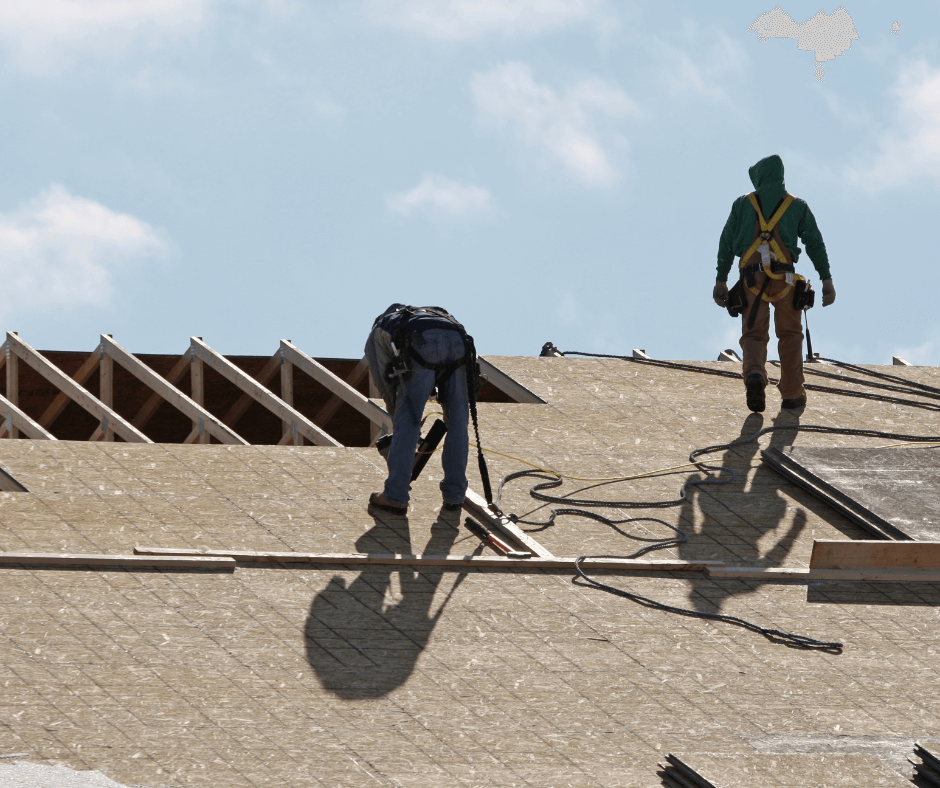
Roof storm damage can be a homeowner's nightmare, causing stress and financial strain. Fortunately, homeowners' insurance often covers such situations. Read more, and we'll delve into the essential aspects of understanding insurance coverage for roof storm damage, helping you navigate the claims process, and getting your roof back in shape.
Types of Roof Storm Damage Covered
Discuss the various types of damage that insurance typically covers, including:
- Wind damage: Missing shingles, damaged roof structure.
- Hail damage: Dented or cracked shingles, punctured roofing material.
- Water damage: Leaks caused by storm-related damage.
- Fallen debris: Trees, branches, or other objects damaging the roof.
Review Your Insurance Policy
Explain the importance of thoroughly reviewing your insurance policy, including the coverage limits as well as deductibles. Highlight any specific clauses related to storm damage coverage. In addition, Provide tips on interpreting insurance terminology for better understanding.
Steps to Take After a Storm
Detail the immediate steps homeowners should take after a storm:
- Inspect the roof for visible damage.
- Document the damage through photographs and notes.
- Take temporary measures to prevent further damage if safe to do so.
Filing an Insurance Claim
Break down the process of filing an insurance claim:
- Contact your insurance company promptly.
- Provide necessary documentation (photos, notes).
- Be prepared to answer questions about the extent of the damage.
The Claims Process
Explain the steps that follow after you've filed a claim:
- Insurance adjuster's assessment as well as What to expect during their visit.
- Estimation of repair costs as well as How the cost of repairs is determined.
- Approval and settlement: Understanding the payment you'll receive.
Dealing with Denials or Underpayments
Discuss common reasons for claim denials or underpayments as well as how homeowners can respond:
- Inadequate documentation.
- Disagreements on the extent of the damage.
- Pre-existing issues.
Hiring a Contractor
Offer advice on finding a reputable roofing contractor for repairs:
- Get multiple quotes.
- Ensure the contractor is licensed and insured.
- Avoid signing contracts without thoroughly reviewing them.
Maximizing Your Claim
Share tips for maximizing your insurance claim:
- Don't delay filing the claim.
- Provide thorough documentation.
- Work with your contractor as well as adjuster to ensure accurate estimates.
Preventing Future Storm Damage
Offer advice on minimizing future damage as well as potential insurance claims:
- Regular roof inspections and maintenance.
- Reinforcement techniques for storm-prone areas.
- Consider upgrading to impact-resistant roofing materials.
In conclusion, Understanding insurance coverage for roof storm damage can give homeowners peace of mind during challenging times. By following the steps outlined in this post, you can navigate the claims process more effectively as well as ensure your home is protected against the unexpected forces of nature.